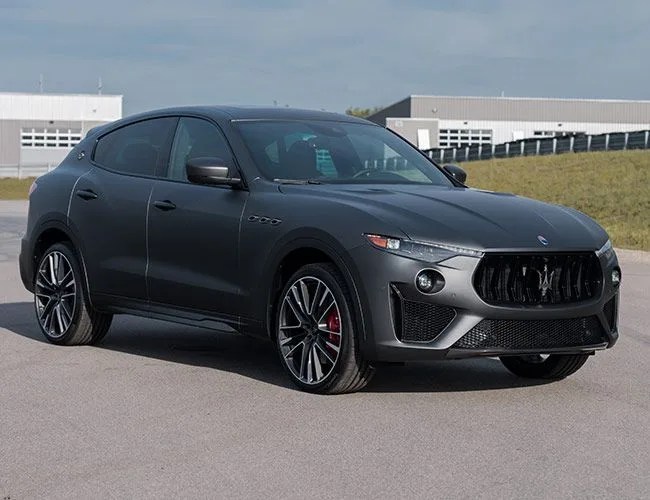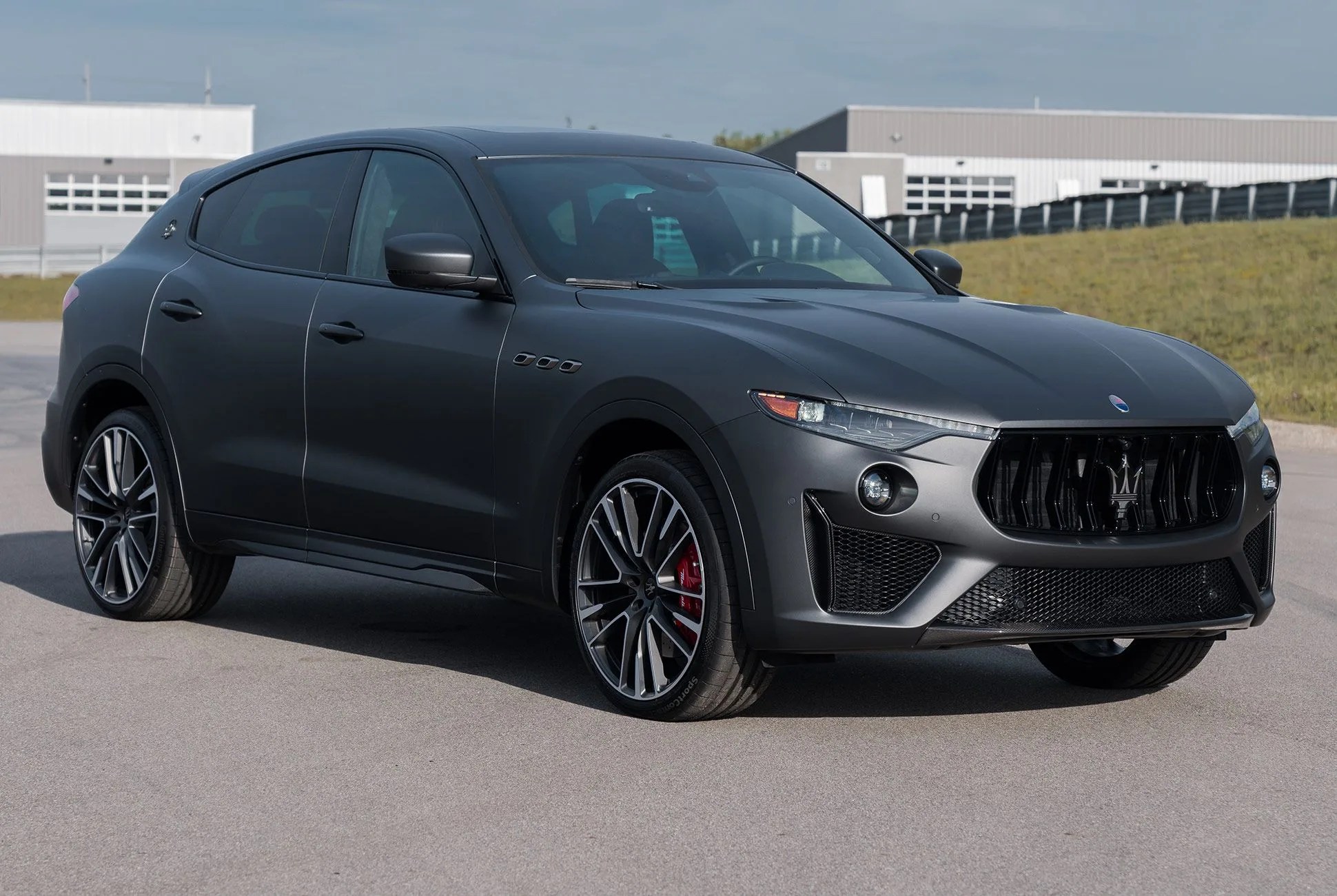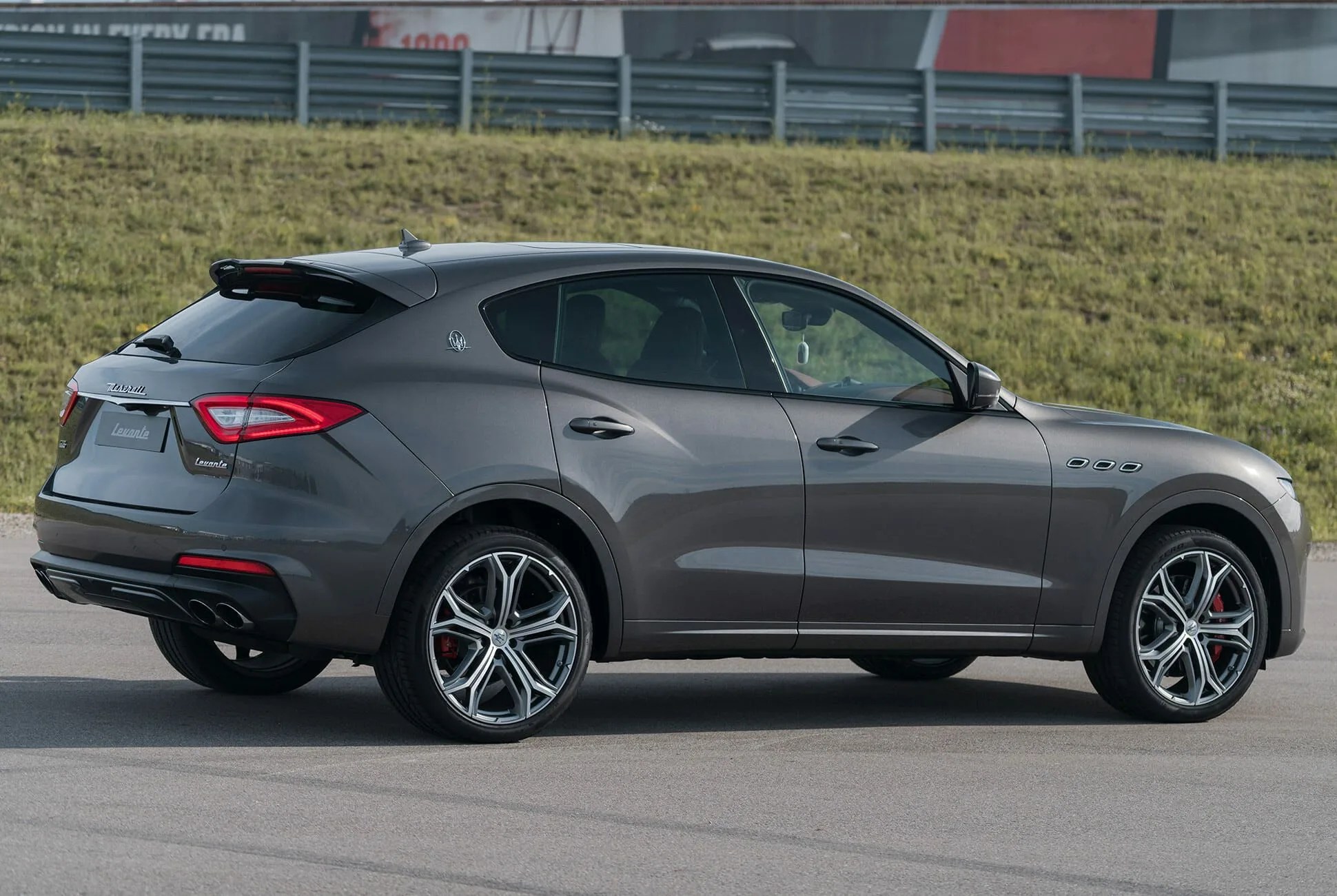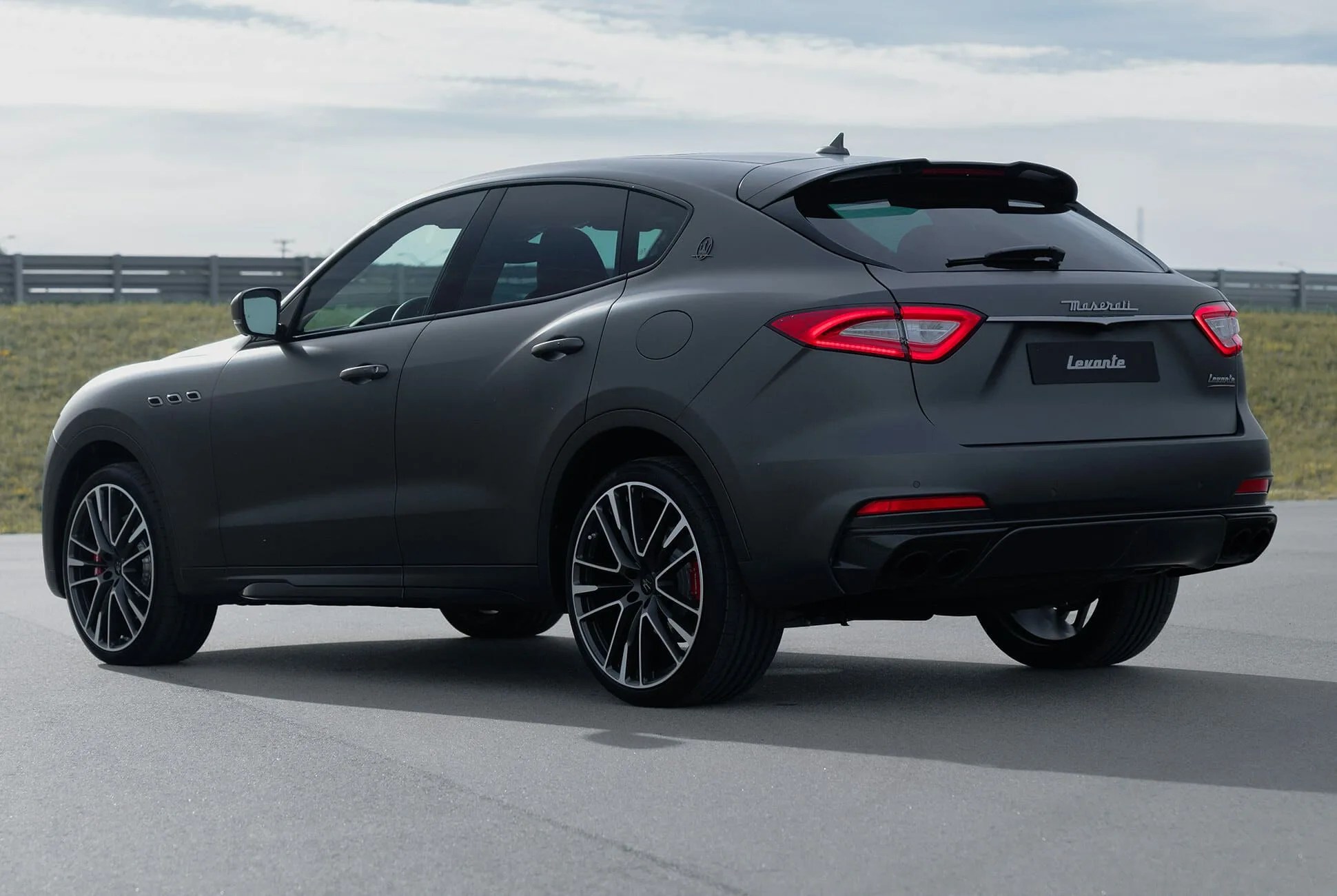3 photos
Maserati has an established identity: the Italian carmaker produces luxury performance vehicles, with a strong emphasis on the luxury. A Maserati offers the opulent style of an idealized Italian villa, along with the quirks of owning a real life Italian villa. It would not be a true Maserati without the finest pieno fiore leather. It would not be a true Maserati without at least one vital switch located in a bizarre position invisible to the driver.
Despite that clear identity and a litany of interesting, memorable cars over the decades, Maserati has seldom found firm footing. Multiple owners have tried reviving and reinventing the Trident mark with different priorities. Maserati has usually struggled to grow beyond its small base of enthusiasts. FCA wants to rebrand Maserati again — this time with a healthy dose of Ferrari technology.
The Prancing Horse will maintain its exclusivity, chasing F1 titles and building supercars for princes, footballers and layabout Hawaii-based private eyes. Maserati will be the practical arm, bringing Ferrari technology to more mundane concerns. In the future, that may mean a slate of mind-blowingly quick electric cars. Right now, it is expanding into the hottest of high-end markets: luxury SUVs.
Maserati unveiled the Levante SUV in 2016. The 2018 SUV fleet will see a major upgrade with two specially modified versions of Ferrari’s 3.8-liter twin-turbo V8. Maserati trotted out the 590-horsepower Levante Trofeo in March, with “Corsa” mode, launch control and premium detailing. There will also be a cheaper, but still potent 550-horsepower Levante GTS. The SUVs will accelerate from 0-60mph in 3.7 and 4.0 seconds respectively; both will have top speeds exceeding 180 mph.
Is it time to cast aside your Land Rovers and Porsche Cayennes for a Ferrari-powered but still family friendly future? That depends on what type of person you are.




